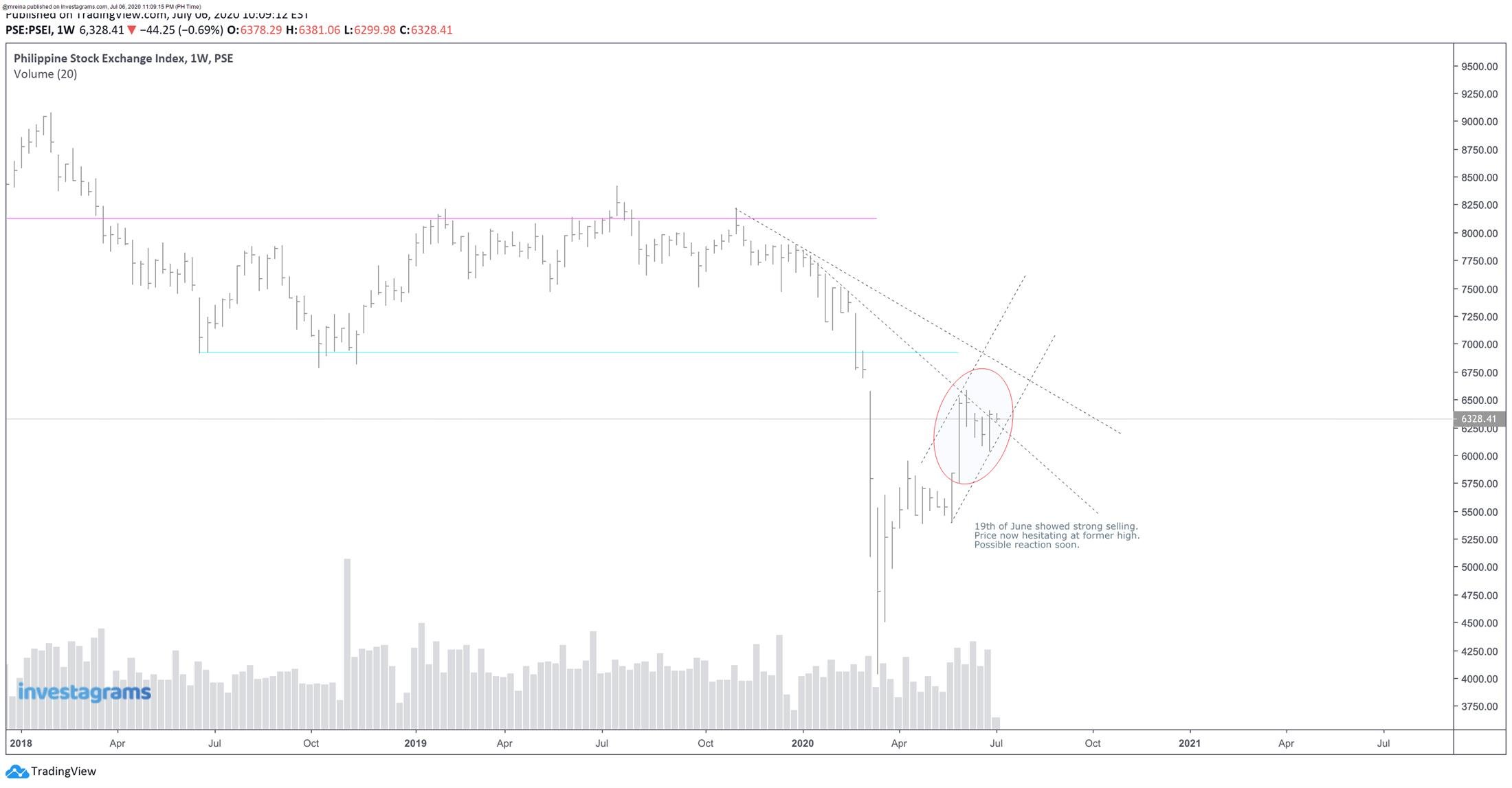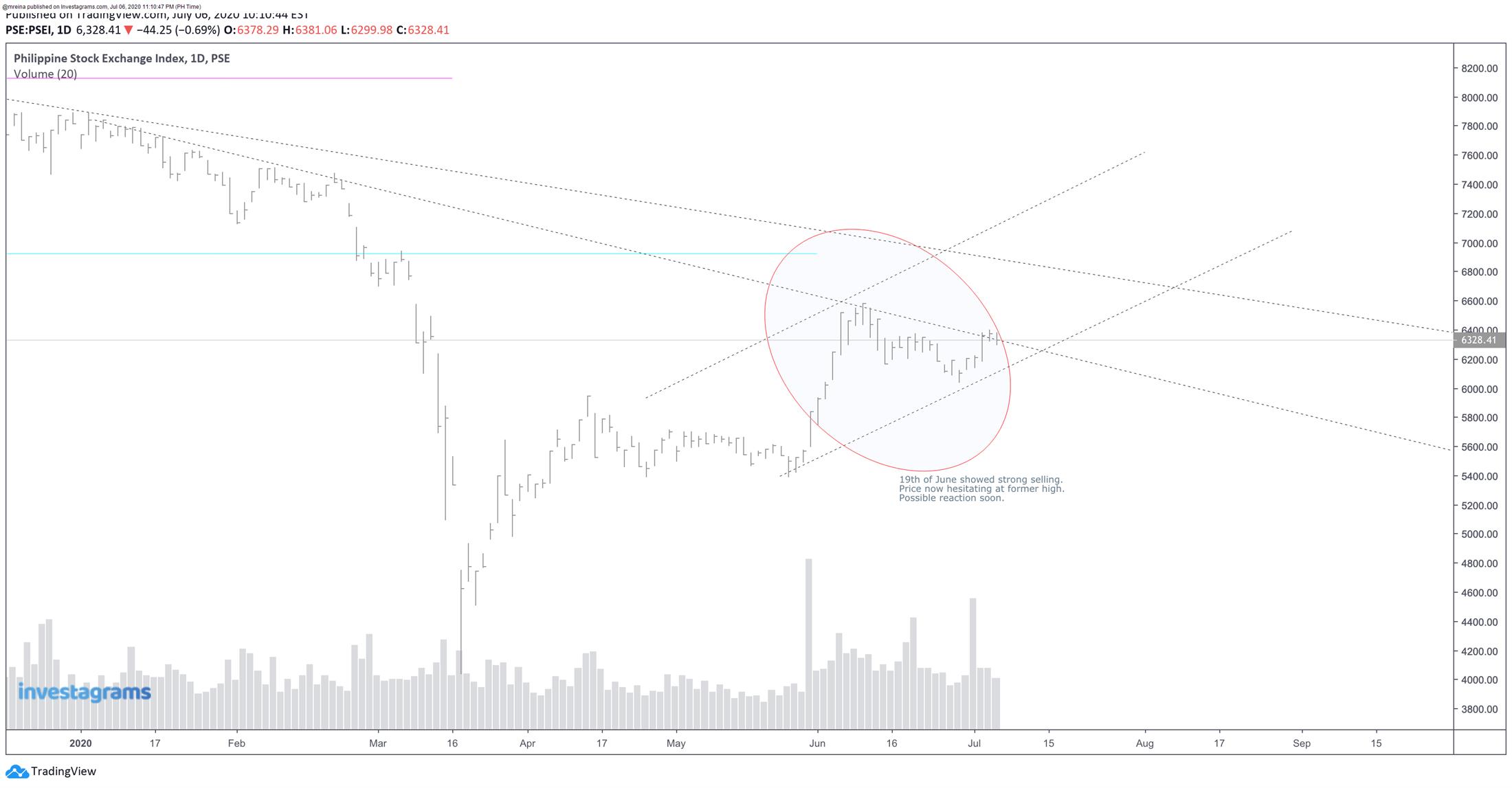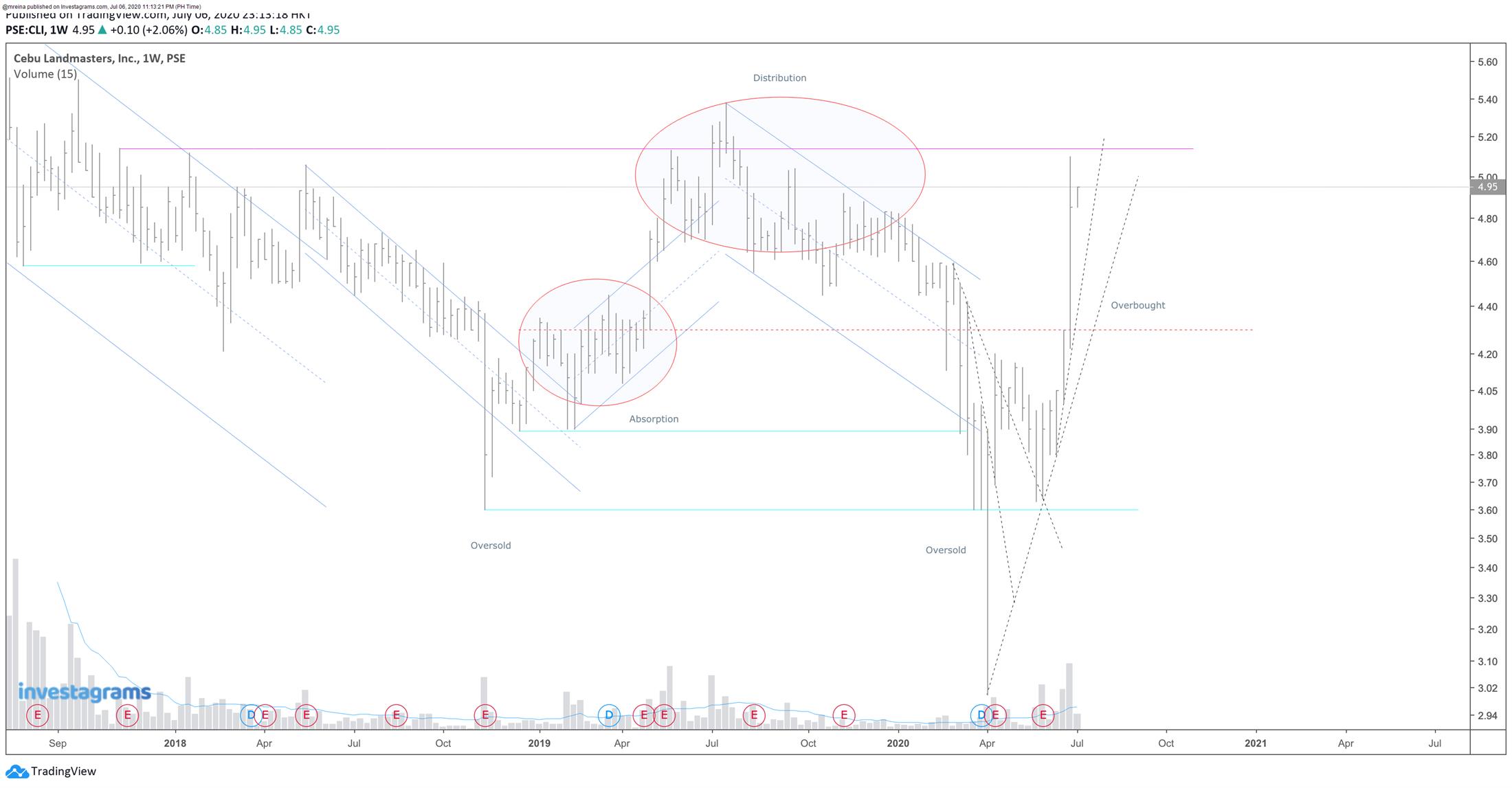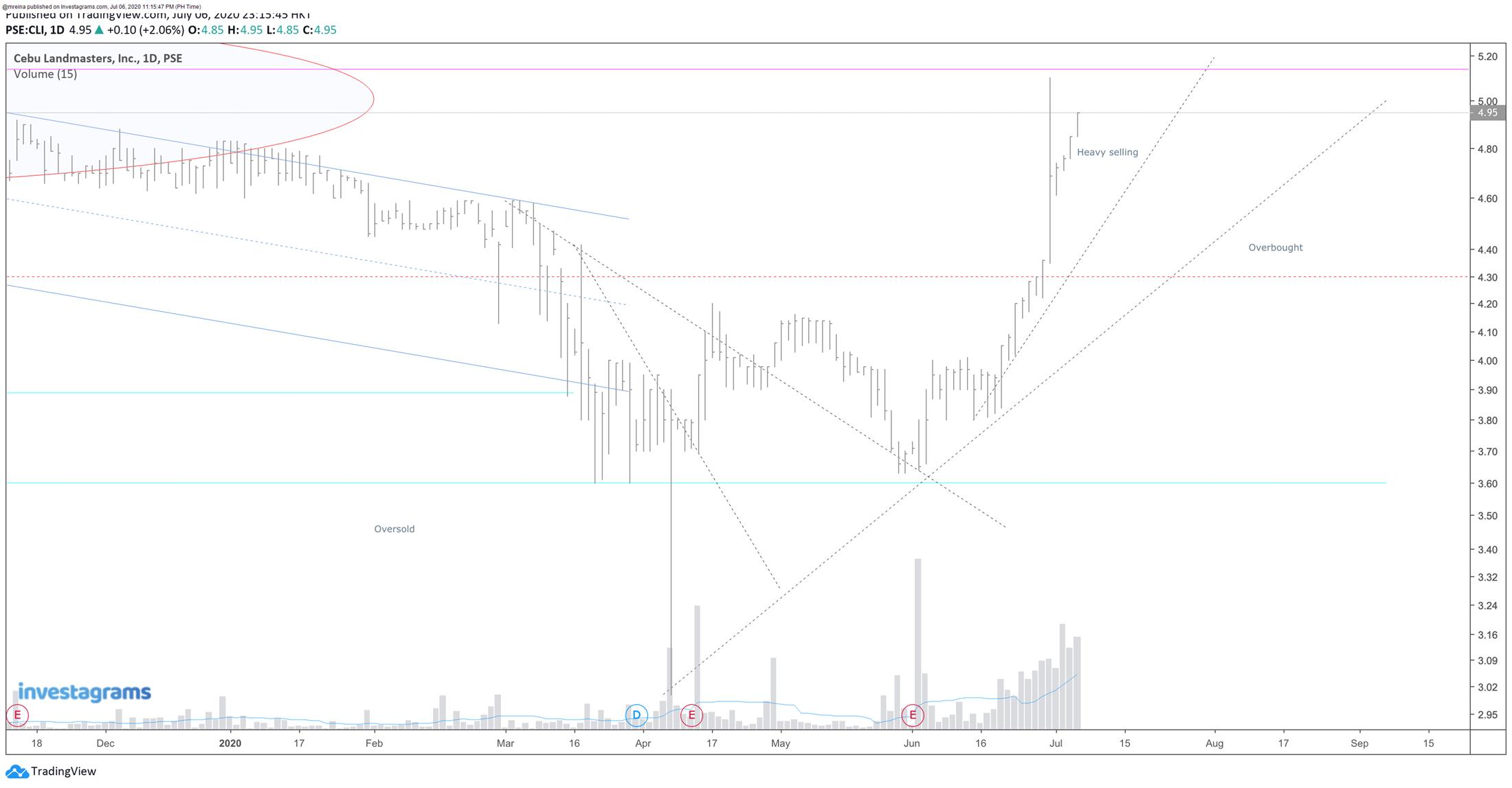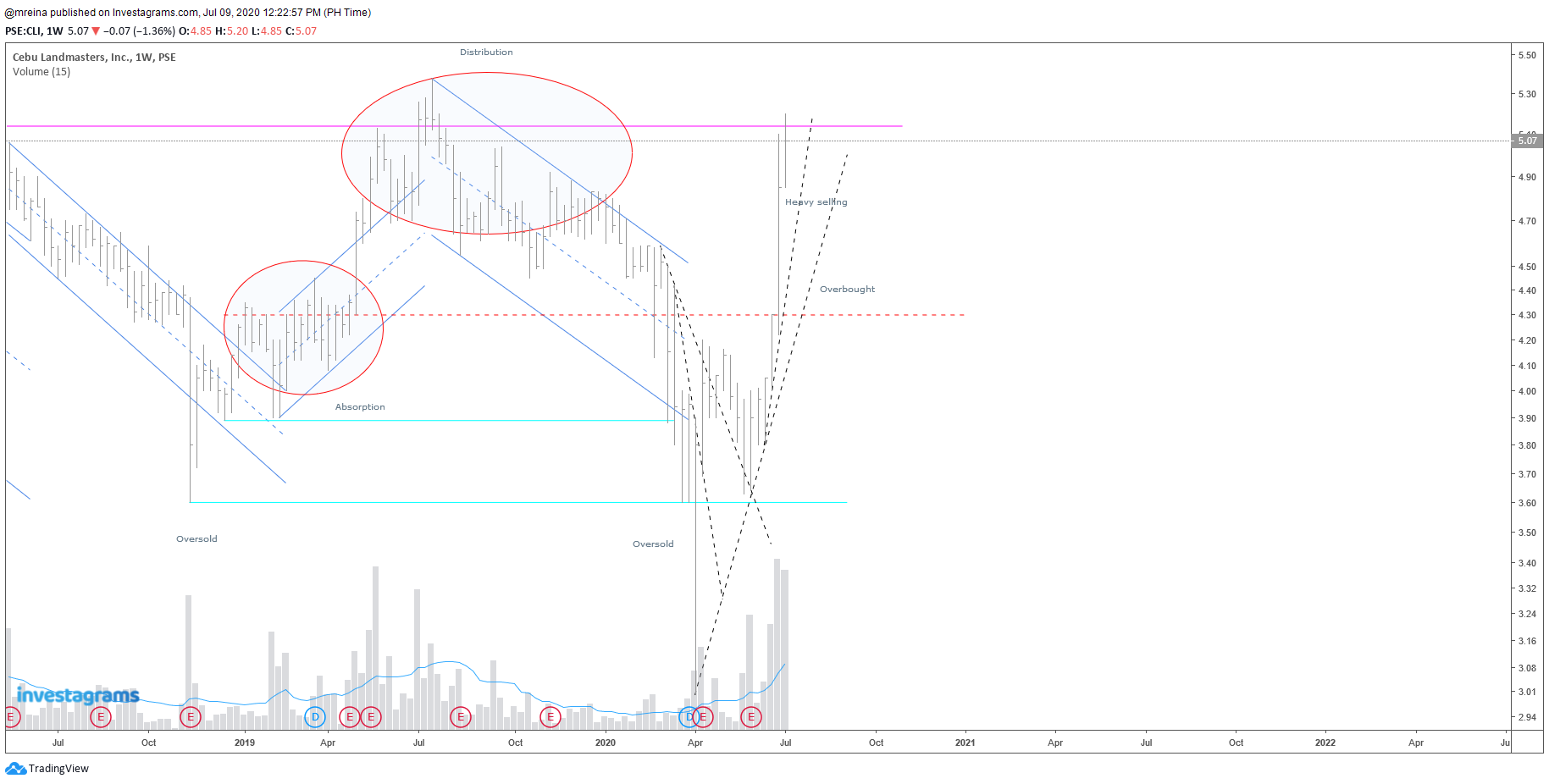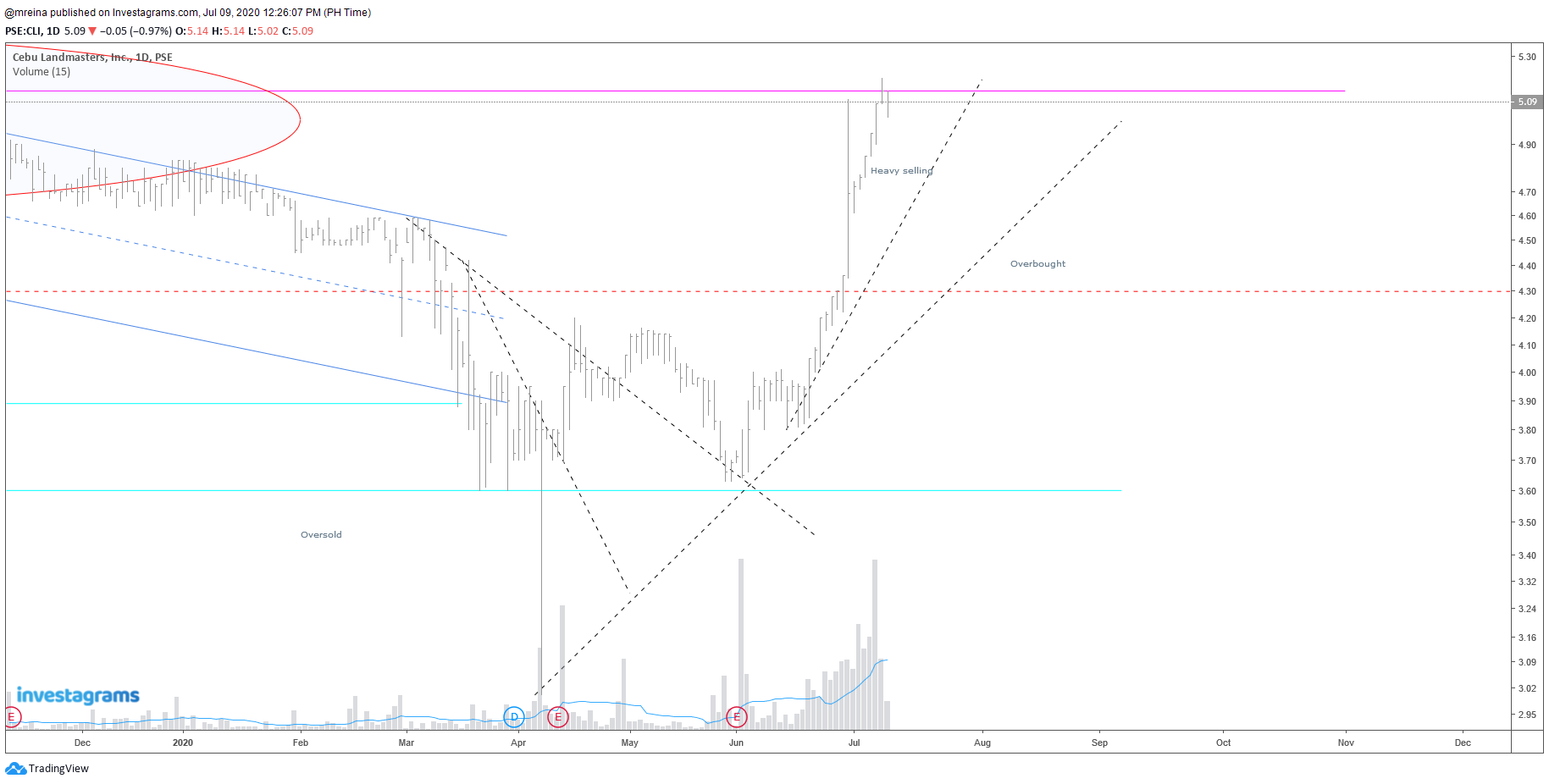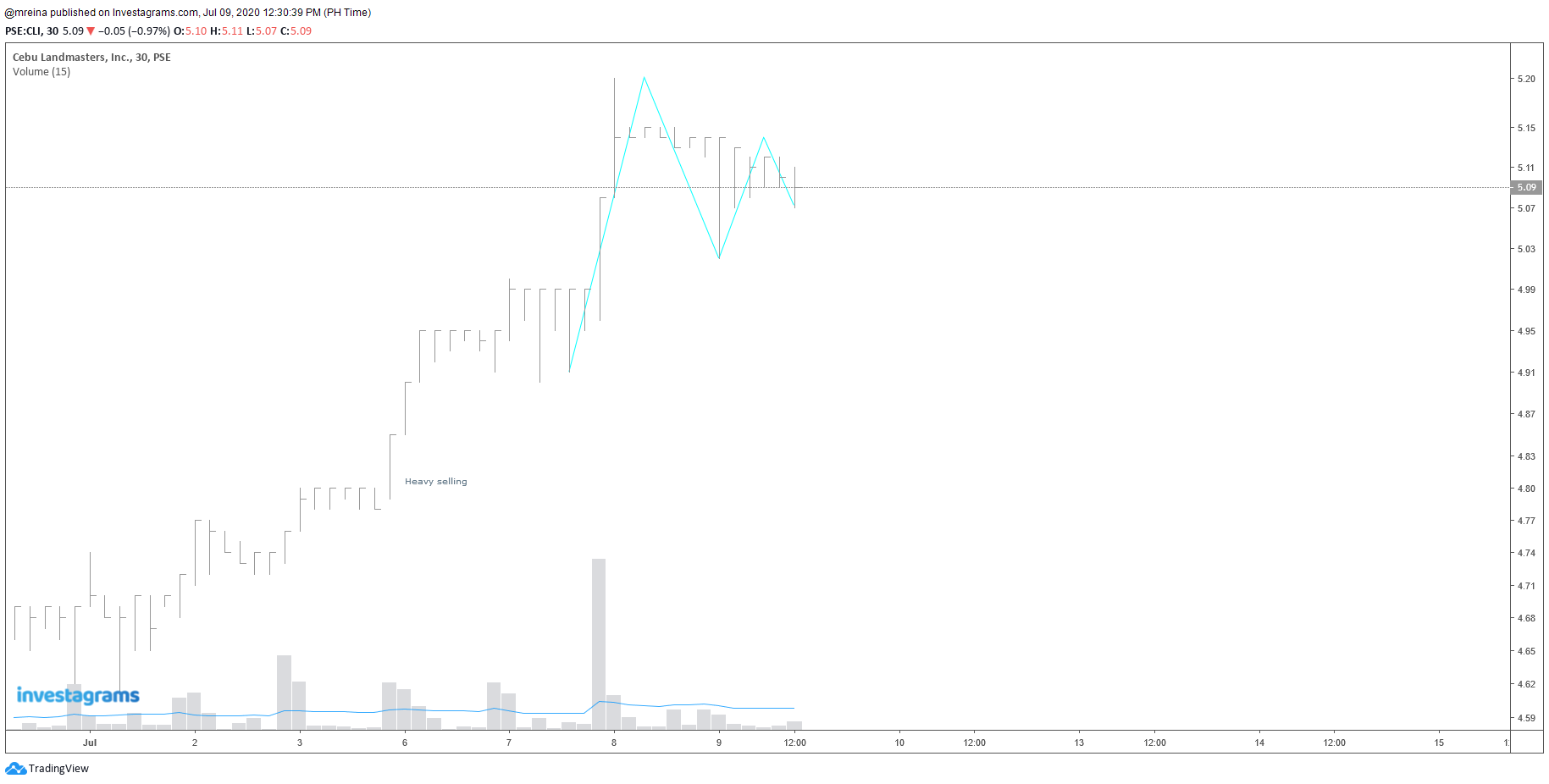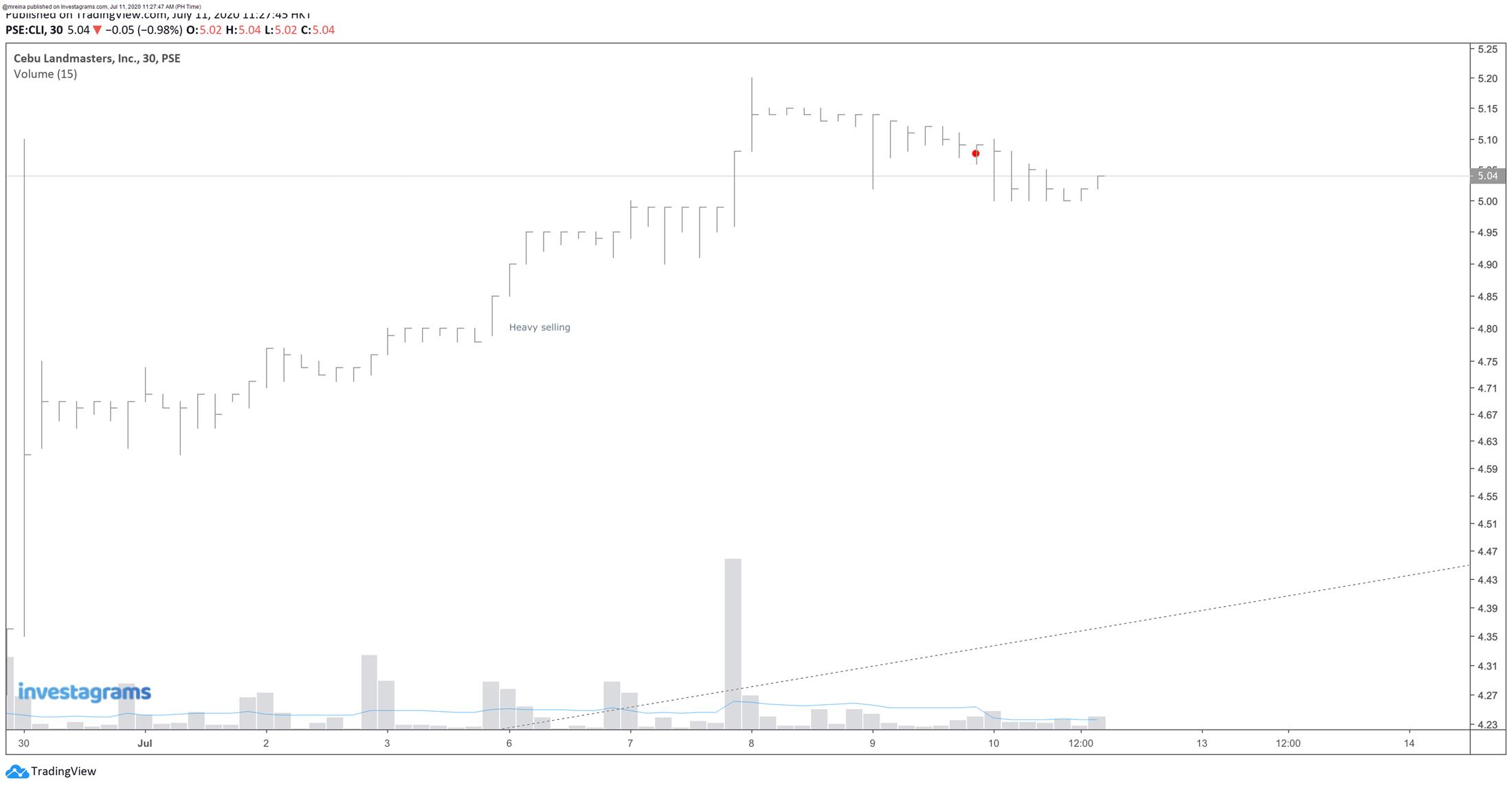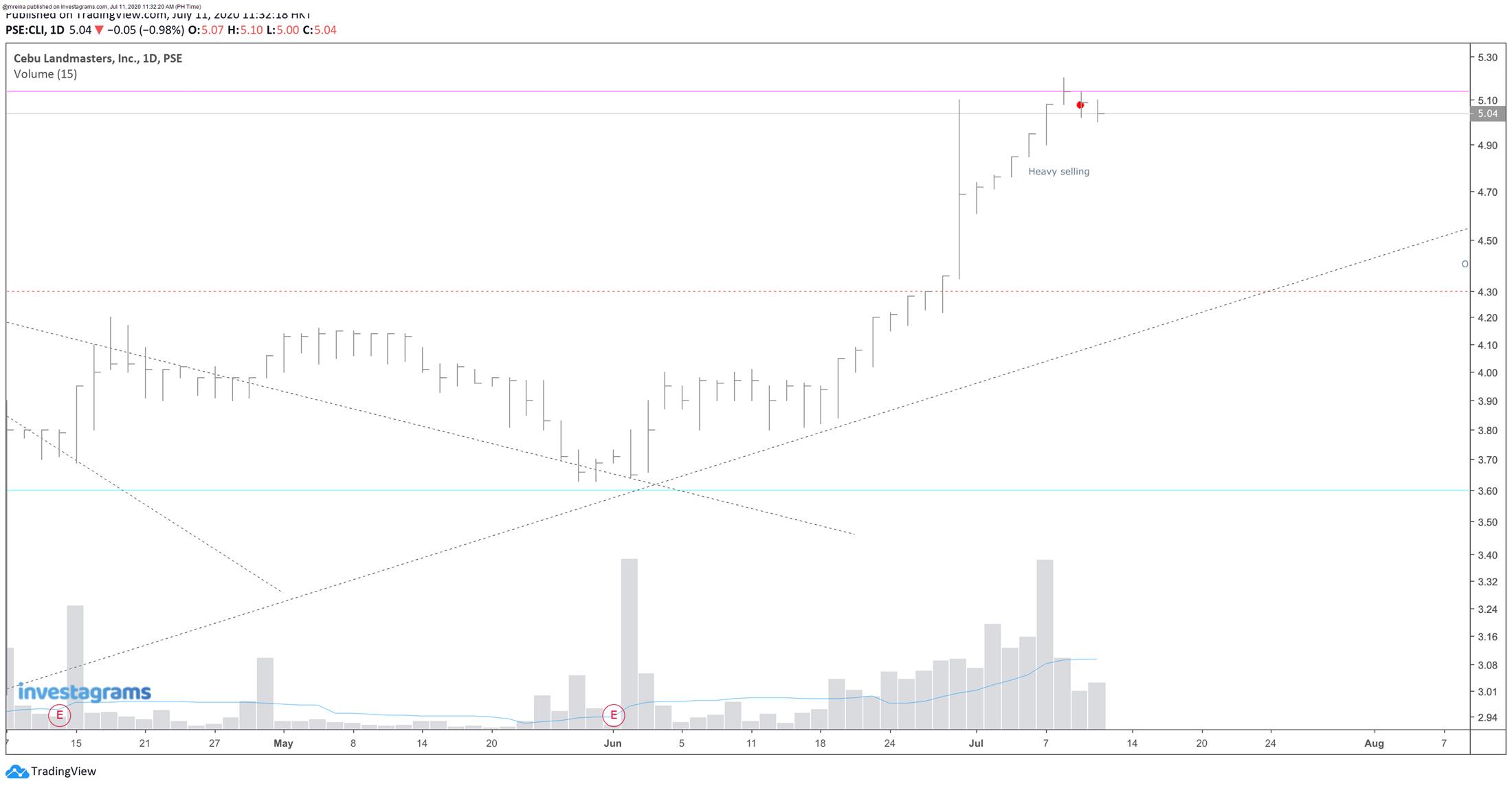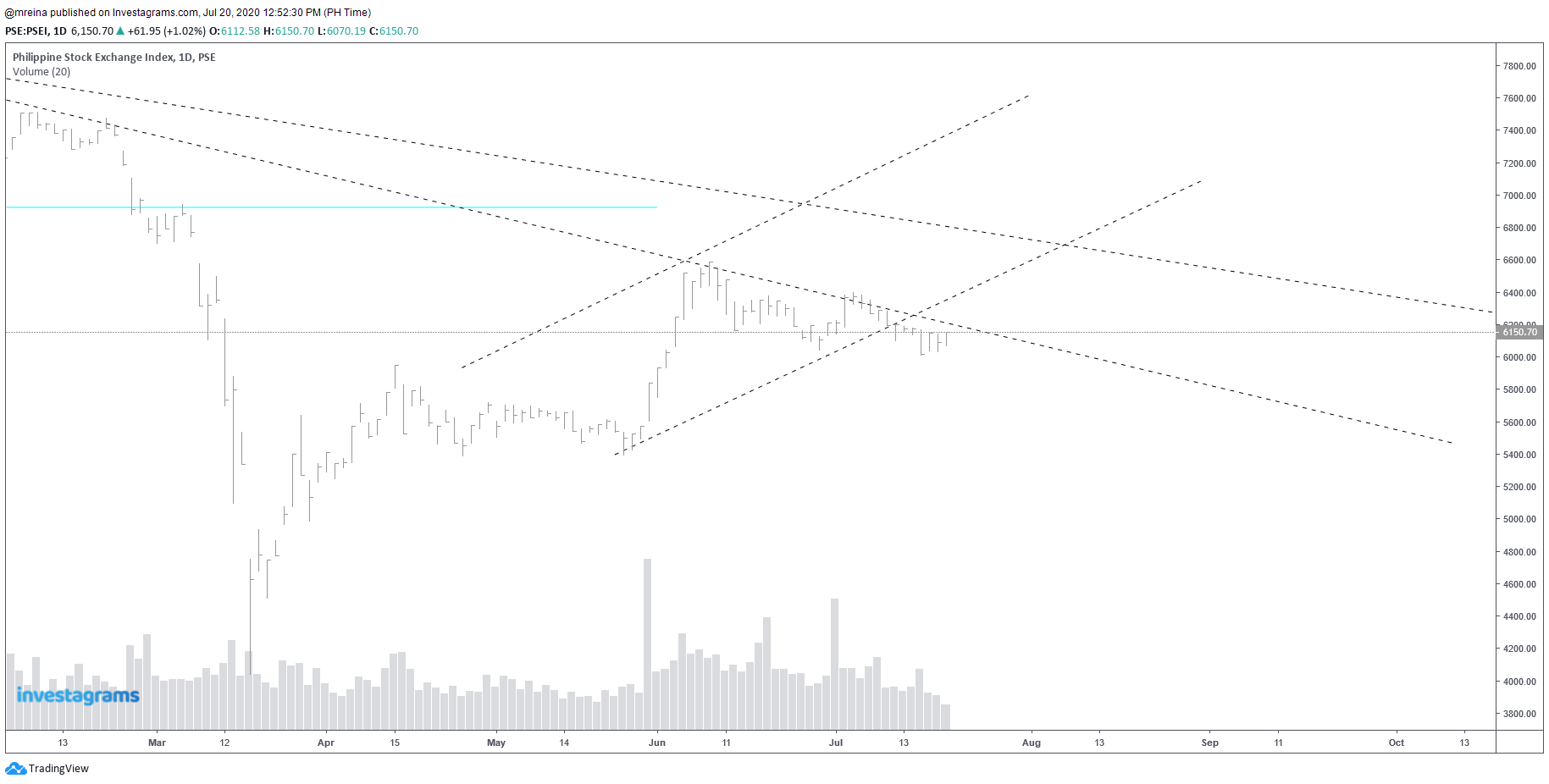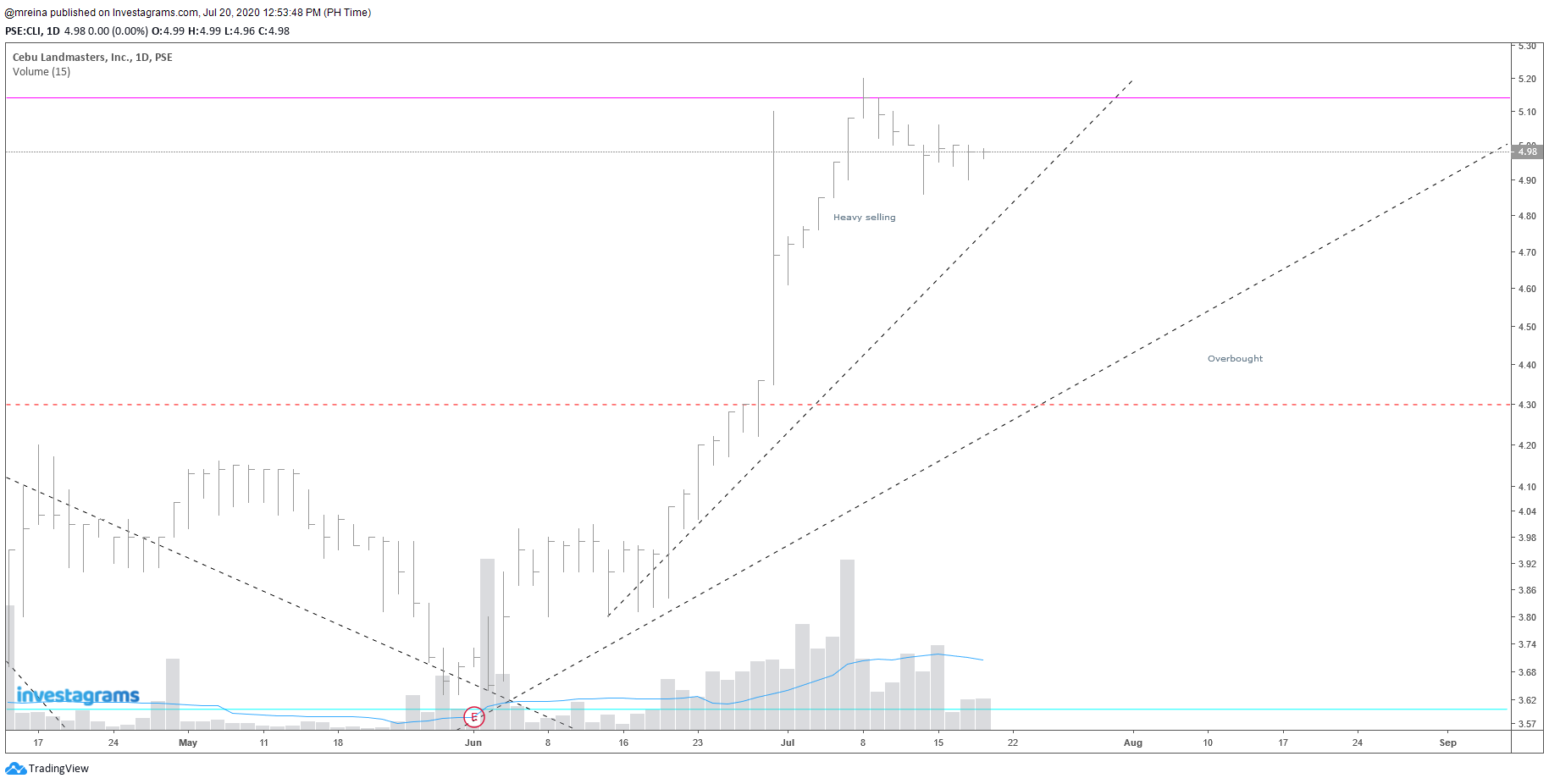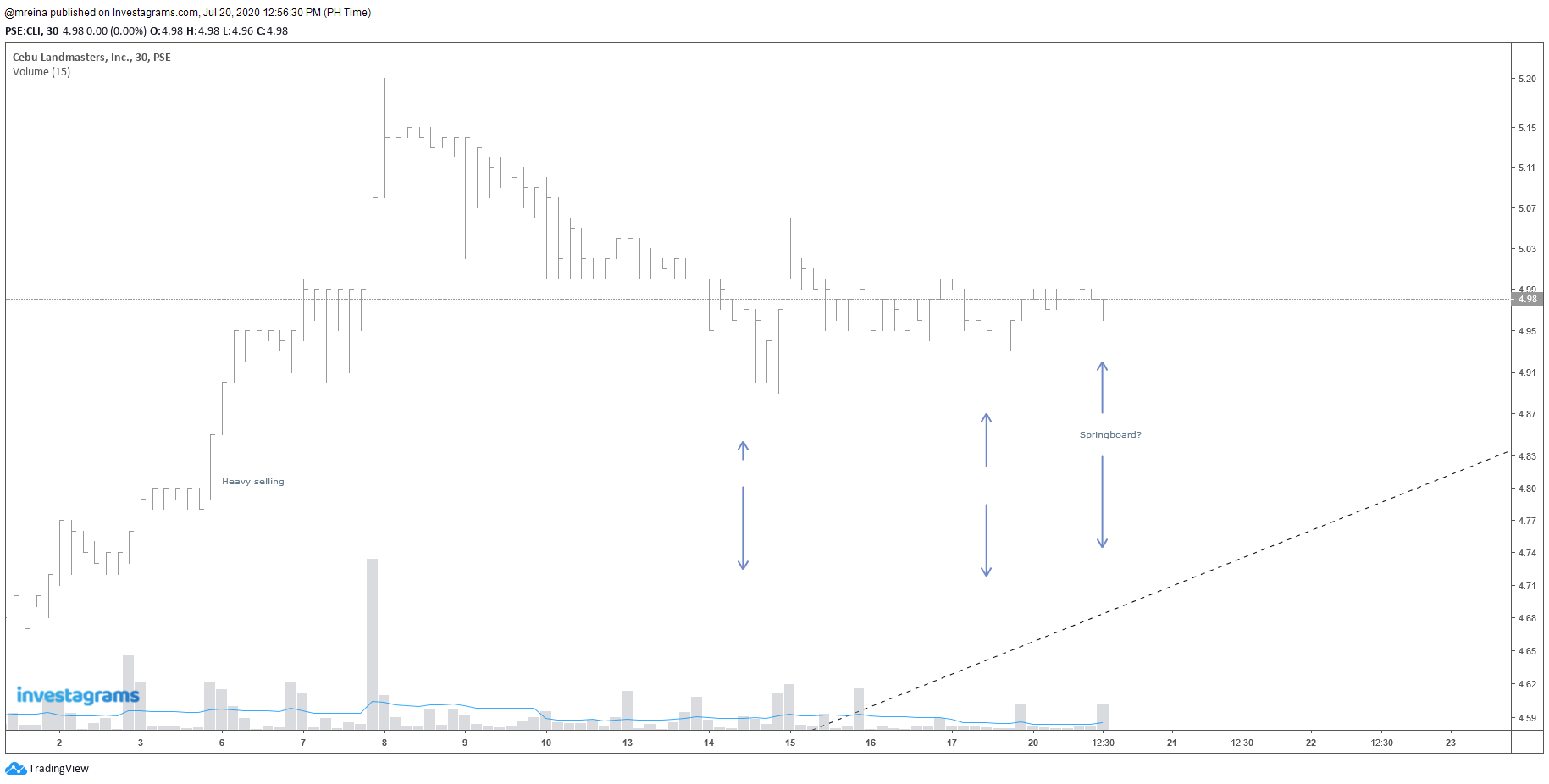dbphoenix
Guest Author
- Messages
- 6,954
- Likes
- 1,266
Thanks for the comments DB, I hadn't paid much attention to areas of equilibrium and their relationships with the length of the advance/decline after price leaves it. Will go back and do a hindsight analysis on those areas. Since the danger point is so close in those areas I actually find them attractive places to enter. What I can't properly do is understand the flow and balance in those areas.
See pp 9-19, "Demand/Supply" in Db's Burrow, particularly the material on accumulation. See also pp 118-124, "Equilibrium", in Notes as well as the material on "Auction Market Theory" in the SLAB, pp 50-63.
In your opinion, is it better to enter only on equilibrium areas that are about to move, rather than combine those entries with retracements? W mentions pyramiding and selling on bulges in Section 7 during the bear market, are those applicable only in the early parts of the bull/bear cycle?
Knowing that something is "about to move" requires a level of sophistication that I don't have. To a large extent, detecting this requires a thorough understanding of volume, including what volume is and what it represents, and if I haven't covered this sufficiently in my book, there's always "Section 14" in Wyckoff's course as well as "Section 7" in his course ("Appendix D" in my book). But even W acknowledges that one can be misled by the activity within a range and that breakouts are often false, which is why trading the retracement - if there is one - after the breakout is preferable to being trapped in a false breakout. There is also the matter of the equilibrium state converting itself into an accumulative base, which can go on for far longer than one would expect from a simple pause to reach equilibrium. Waiting for a BO and RET avoids a lot of waiting.
As for pyramiding, see "Appendix E", the SLAB, Footnote 1, p 100, for one suggestion on how to work your way through this. Focusing on demand/supply lines and last swing highs/lows can also be helpful since breaks of D/S lines warn of trouble, or at least change, while last swing highs/lows tell you where major money stepped up the last time to support price movement or resist it.
You're right, I find that when I'm just observing price action vs when I'm actively looking for an entry things are much clearer. Will focus on that right now.
Most if not all inexperienced traders find analysis boring, perhaps because they don't see the point of it, the point of it being, of course, to determine whether or not to enter at all. Analysis in and of itself is worthwhile, even if the results of that analysis are that one should continue to wait patiently for his moment. And the more practice one has in analysis, the easier and faster it becomes, so that when a quick, on-the-run analysis becomes necessary, the trader is in a position to do it. Observing price action without purpose doesn't accomplish much, except perhaps to drive home the fact that price movement is continuous. In the "Developing A Plan" section of the SLAB, I offer some suggestions on what to look for while one is observing:
Developing a system begins with deciding just what it is you're looking for. Therefore, begin by studying price movement in real time (or at the end of the day through "replay", if your charting program offers it). By "study", I mean to observe it with intent, not just read about it or listen to somebody talk about it. You have to understand what you're looking at before you know what to look for (see p. 2, Notes). Note the conditions under which price rises, falls, drifts. Make every effort to avoid imposing your biases onto what you observe. You may see trading as a war, a competition, a game, or a puzzle. You may think you're out to kill some-body, outwit somebody, or are out only to detect the flow and slip into it, riding the waves as if you were sailing. None of this should be allowed to affect what you observe.
Pretend that you are watching a team sport in which you know nothing about the rules and couldn't care less about the players, much less about who wins. But you do want to understand what's going on, out of curiosity if nothing else. Your chief
thought is not when you should jump onto the field and begin playing. Your chief thought centers around the following questions, primarily What the Hell Are These People Doing? So you observe.
What are they doing?
Where are they doing it?
Why are they doing it? Why are they doing it where they're doing it and when they're doing it?
How are they doing it?
What do they want to accomplish? What were they doing before?
If one observes the game long enough, he begins to discern the rules and will enter a phase where he pretty much understands what's going on but still has no interest in which team wins.
And if the teams are buyers and sellers . . .
Remember that Wyckoff, when not trading intraday, looks at all this from the standpoint of major money. The moves of major money are predictable to the extent that one understands what it is they're trying to accomplish, e.g., through the process of accumulation. Therefore one is more likely to profit if he trades with major money (see "Please Sir", "What Am I Bid", and "Trading Opportunities" in Notes). This means, in part, looking for opportunities at the bottoms of corrections, whether relatively minor, such as VEEV at the end of June, or more major, such as VEEV at the end of December, along with all the major market averages. The major corrections offer examples of his "climax/test" scenario, which exists today just as it did a hundred years ago (note all the tests in early January). Wyckoff looks for and waits for these opportunities because he understands that it is major money that not only halts the decline but orchestrates the reversal. And the money is to be made by trading with major money, not by fighting against it.
Entering on relatively trivial RETs is fine as long as one understands and is willing to accept the risks. But unless major money is buying that RET, the odds of being stopped out are just as good as those of being propelled into higher highs. This is not to suggest that they not be taken. If one is a momentum trader and price is in serious momentum mode, there may be no other choice. However, the risks should be thoroughly understood (the Danger Points exactly located) and accepted. This ensures an emotionless trade.
Db
Last edited:

